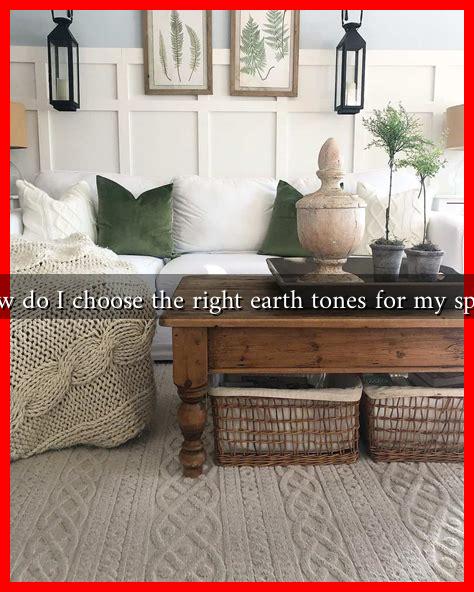-
Table of Contents
How Do I Choose the Right Earth Tones for My Space?
Earth tones are a popular choice in interior design, offering a warm, inviting atmosphere that connects us to nature. These colors, which include shades of brown, beige, green, and rust, can create a calming environment and serve as a versatile backdrop for various design styles. However, selecting the right earth tones for your space can be a daunting task. This article will guide you through the process of choosing the perfect earth tones to enhance your home.
Understanding Earth Tones
Before diving into the selection process, it’s essential to understand what earth tones are. These colors are derived from natural elements and often evoke feelings of comfort and stability. Common earth tones include:
- Beige
- Brown
- Olive Green
- Terracotta
- Rust
- Muted Yellow
These shades can vary significantly in hue and saturation, making it crucial to choose the right ones that complement your space.
Assessing Your Space
Before selecting earth tones, take a close look at your space. Consider the following factors:
- Lighting: Natural light can significantly affect how colors appear. A room with ample sunlight may benefit from lighter earth tones, while a dimly lit space might require deeper shades to create warmth.
- Room Size: Smaller rooms can feel cramped with dark colors. Opt for lighter earth tones to create an illusion of space.
- Existing Decor: Take stock of your furniture, artwork, and other decor elements. Choose earth tones that harmonize with these items.
Choosing the Right Earth Tones
Once you’ve assessed your space, it’s time to choose the right earth tones. Here are some tips to guide you:
1. Create a Color Palette
Start by creating a color palette that includes a primary earth tone and complementary shades. For example, if you choose a warm beige as your primary color, consider pairing it with olive green and terracotta accents. Tools like Coolors can help you visualize your palette.
2. Test Samples
Before committing to a color, test samples on your walls. Paint swatches can look different in various lighting conditions, so observe them at different times of the day. This step is crucial to ensure you love the color in your space.
3. Consider Texture
Texture can enhance the beauty of earth tones. Incorporate materials like wood, stone, or textiles to add depth and interest. For instance, a rustic wooden table paired with a soft beige wall can create a cozy atmosphere.
Case Studies: Successful Earth Tone Applications
Many designers have successfully utilized earth tones in their projects. Here are a couple of notable examples:
- Modern Farmhouse: A popular trend, the modern farmhouse style often incorporates soft whites and warm browns. Designers like Joanna Gaines have used these tones to create inviting spaces that feel both contemporary and timeless.
- Scandinavian Design: This style emphasizes simplicity and functionality. Earth tones like muted greens and browns are often used to create a serene environment, as seen in many Scandinavian homes.
Statistics on Color Psychology
Research shows that color can significantly impact mood and behavior. According to a study by the Color Psychology Institute, warm earth tones can evoke feelings of comfort and security, making them ideal for living spaces. In contrast, cooler tones may promote calmness but can feel less inviting.
Conclusion
Choosing the right earth tones for your space involves careful consideration of your environment, existing decor, and personal preferences. By assessing your space, creating a cohesive color palette, and testing samples, you can find the perfect shades that resonate with your style. Remember to incorporate texture to enhance the overall aesthetic. With the right earth tones, you can transform your home into a warm, inviting sanctuary that reflects your personality and connects you to nature.

